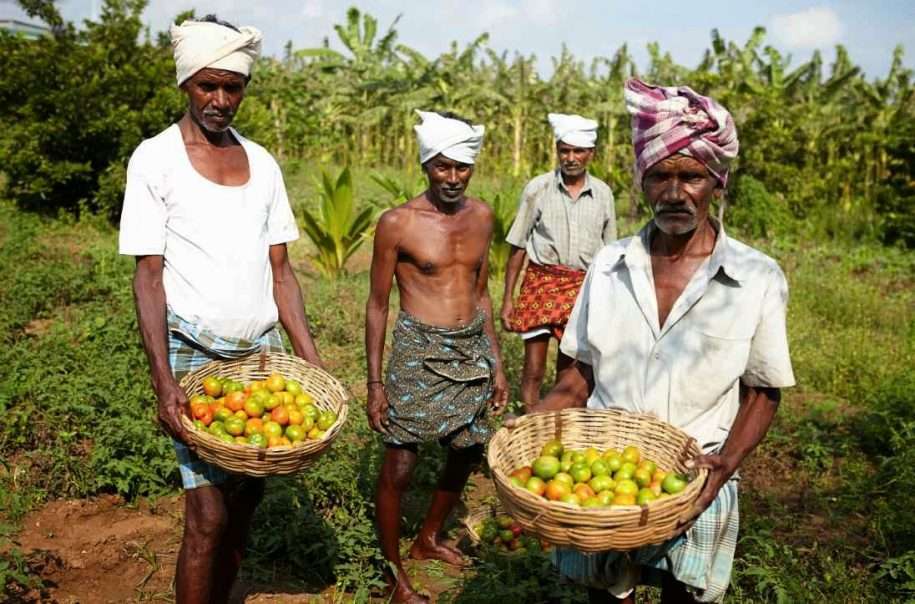 |
| Effective identification of the poor continues to be a problem |
Identification of the poor has always been more easily said than done. Many people consider the poverty line to be 1.25 USD per day, but can such an amount universally differentiate the poor from the rest of the population? And what about those that are just 10 cents above the poverty line? It’s increasingly common for global philanthropic institutions to proclaim decreasing poverty by x percent as their primary goal. However, is thinking of poverty as a level of income enough to determine who is poor and living in misery?
having eliminated those ‘living in misery’. Poverty is more than a number, it is a condition of living and those that are living it are the best suited to identify themselves, as the government of Tamil Nadu and PAC have both found. While we might be a bit slower than Harry Truman would have thought, I believe we are gaining better knowledge on how to pull people out of misery.





